Best winter gloves for mountain biking – keep your hands warm without losing feel and control
The best winter gloves for mountain biking to keep your fingers warm and working all winter long, no matter the weather
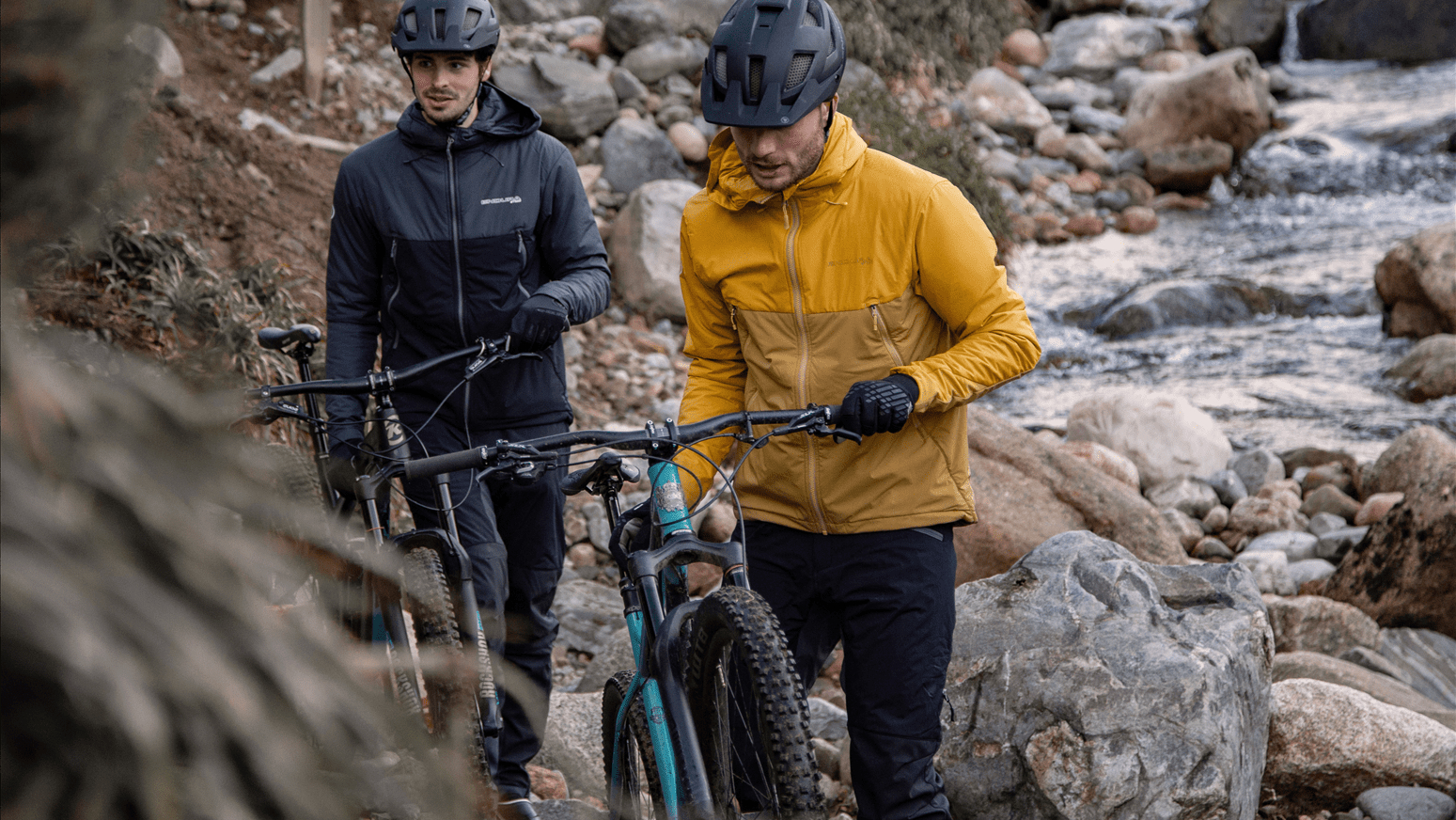
The best winter gloves for mountain biking will help prevent getting cold hands when you’re riding. Poor gloves combined with wet weather, mud, freezing temperatures and windchill can mean painful and unresponsive digits. So to ensure your rides are comfortable, and you can maintain control of your bike (and feeling in your fingers!) it’s worth investing in the best winter gloves you can afford.
If you're looking for the best mountain bike gloves, those that are focused on winter riding are packed with features including insulation, wind and weatherproofing, padding for comfort and even reflective elements. Our pick of the bunch is, interestingly, also one of the cheapest pairs out there, the 100% Brisker Gloves, might not cost too much, but they seriously outperform their price point.
Scroll down for our pick of the best winter gloves for mountain biking or – if you're after general buying advice – you can skip on to our guide on how to choose the best winter gloves for MTB.
If you're looking for more winter gear, you may well be interested in our guides to the best MTB jackets, best budget waterproof MTB jackets or best MTB pants.
Best winter gloves for mountain biking
Why trust BikePerfect

Specifications
Reasons to buy
Reasons to avoid
Don’t let the price tag fool you; the Brisker comes up time and again as our go-to choice for winter riding. They aren’t especially technical; there’s no pricey waterproof or windproof membrane. Instead, a neoprene-style fabric on the back of the palm works like a wetsuit, holding heat close to the skin even when the gloves get wet.
The result is that these gloves perform excellently in wet, cold, muddy and freezing conditions, though full-on arctic rides may be pushing it.
They’re touch-screen friendly and have a minimalist microfiber palm with no padding, silicone for added grip, and a Velcro fastening at the cuff which keeps them secure and keeps out drafts.
One negative, however, is the longevity of these gloves. In our experience, they’ll last a couple of winter seasons, but the neoprene fabric does wear out and split after heavy use. They aren’t expensive to replace, but if you’re looking to buy less and choose a longer-lasting and less resource-intensive kit, you may want to opt for one of the other options here.
For more info, head to our full 100% Brisker review.
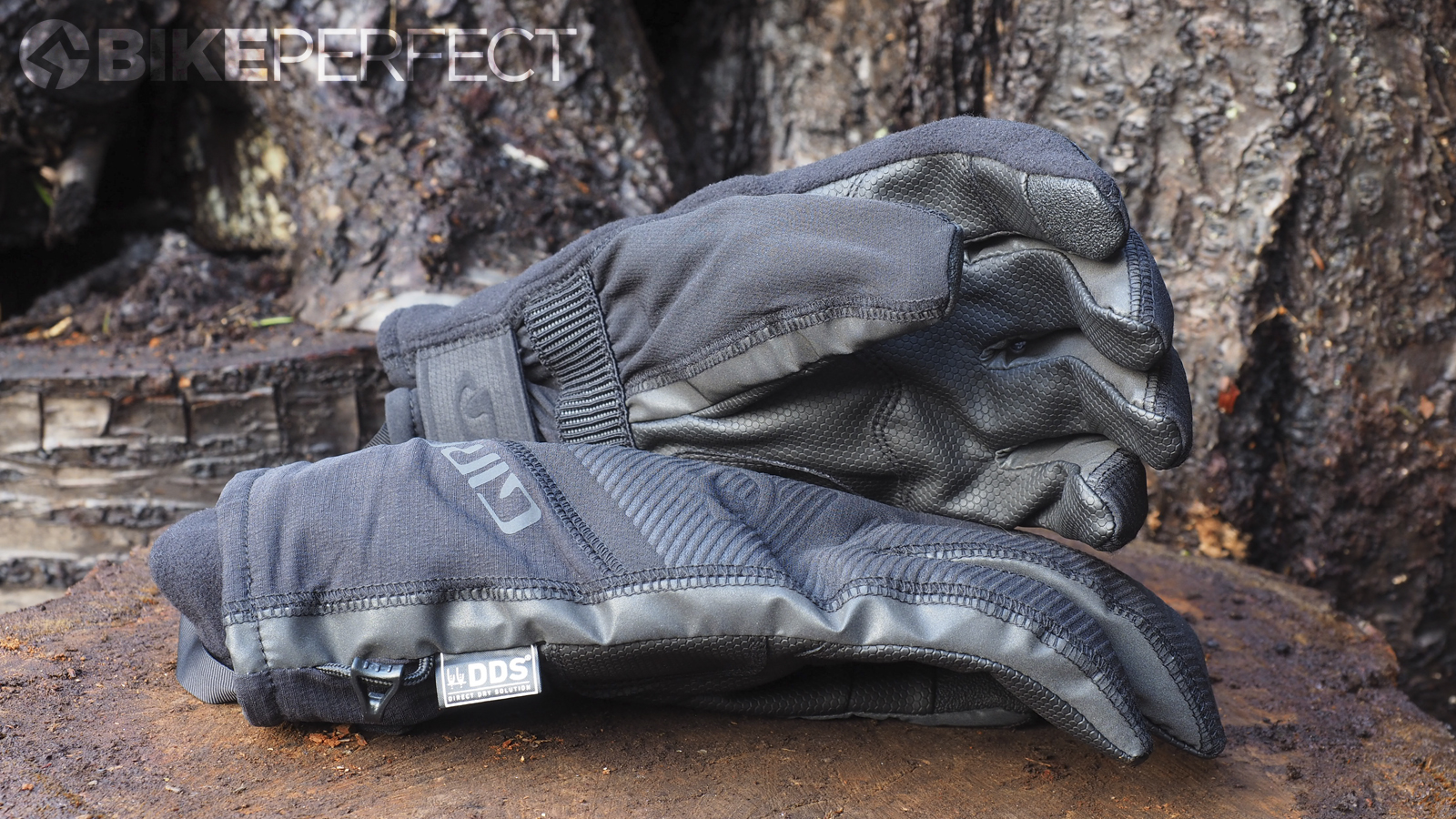
Specifications
Reasons to buy
Reasons to avoid
There is nothing worse than having cold hands on a bike ride and once the temperature gets down towards freezing a good set of gloves is vital. If you find yourself riding in sub-zero conditions then you need all the insulation you can get. Giro's Proof gloves are designed to withstand temperatures down to 25 degrees Fahrenheit which is pretty impressive considering how much dexterity and bar feel they have, allowing you to still change gears and brake confidently.
The waterproofing is a proper membrane, rather than DWR treated, and inside there are two layers of insulation. The fleece liner has a long cuff too that plays well with jacket sleeves to maintain a gap-free barrier from the cold. The fingers are also touch screen compatible which is a bonus for such a thick glove.
For more info, read our review of the Giro Proof winter cycling gloves.
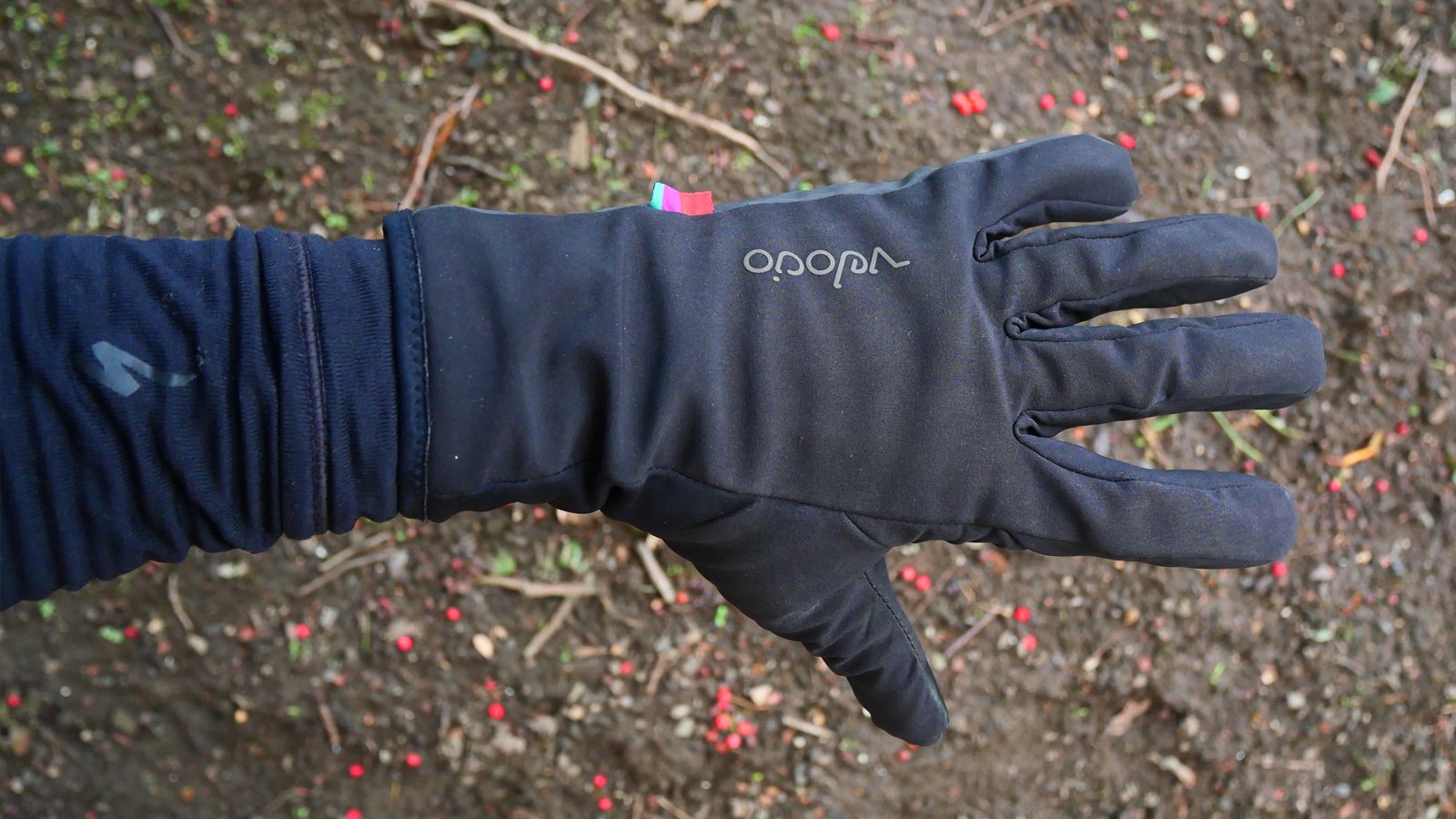
Specifications
Reasons to buy
Reasons to avoid
Made from 100 percent recycled polyester, the Alpha Glove is part of the Velocio range that’s inspired by alpine mountaineering, so as expected these gloves provide plenty of toasty finger-preserving warmth and have a raft of technical features.
The eVent softshell fabric is windproof and has a water-resistant DWR coating, so they’ll help reduce heat loss through windchill, which is a particular issue for hands sitting exposed on handlebars, but aren’t great when it gets really wet.
The long cuff is another great feature since it provides that bit more protection on the wrists which often get exposed to draughts, and helps keep the warmth inside the glove too.
Reflective elements plus grip-enhancing rubber patches on the palm help make these gloves a great choice for riders who won’t let a little snow and ice stop them riding.
For more detail, see our full Velocio Alpha Glove review.
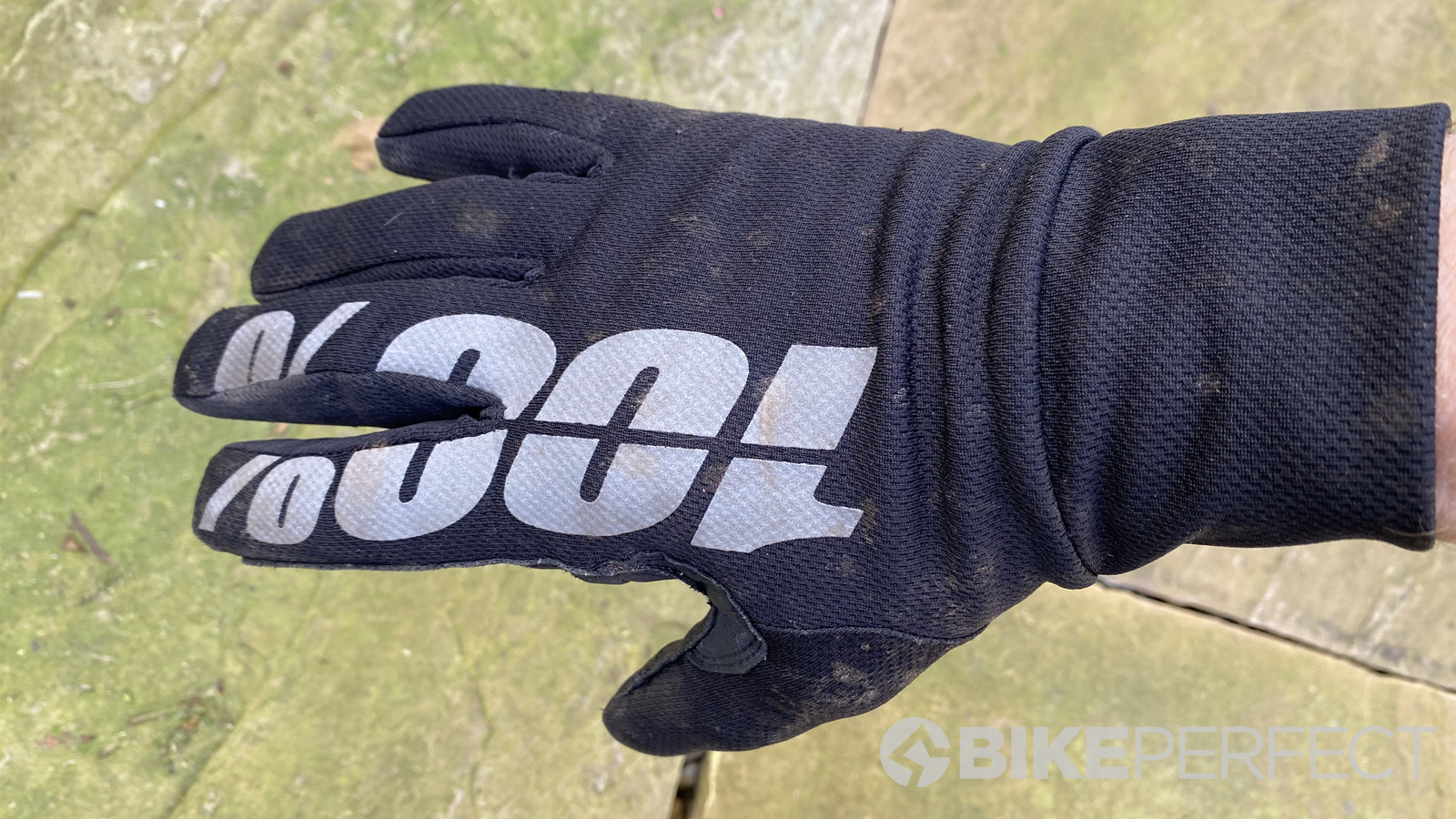
Specifications
Reasons to buy
Reasons to avoid
100% Hydromatic gloves sit alongside the brand's already well-established Brisker glove range as a wet weather glove for when temperatures arent as cold. Rather than the Brisker's insulation, the Hydromatic uses a mock mesh construction for better breathability whilst still remaining waterproof. It's got a high cuff that will stop any gaps for rating to get in between the gloves and your jacket and the inner lining is anchored to make them easier to get on and off.
The palm is decently thin so despite being a bad weather glove, bar feel is still pretty good. The added material of the liner can make them feel tight across the knuckles though, so if possible, try before you buy to make sure you have full dexterity.
Read our in-depth review of the 100% Hydromatic gloves.
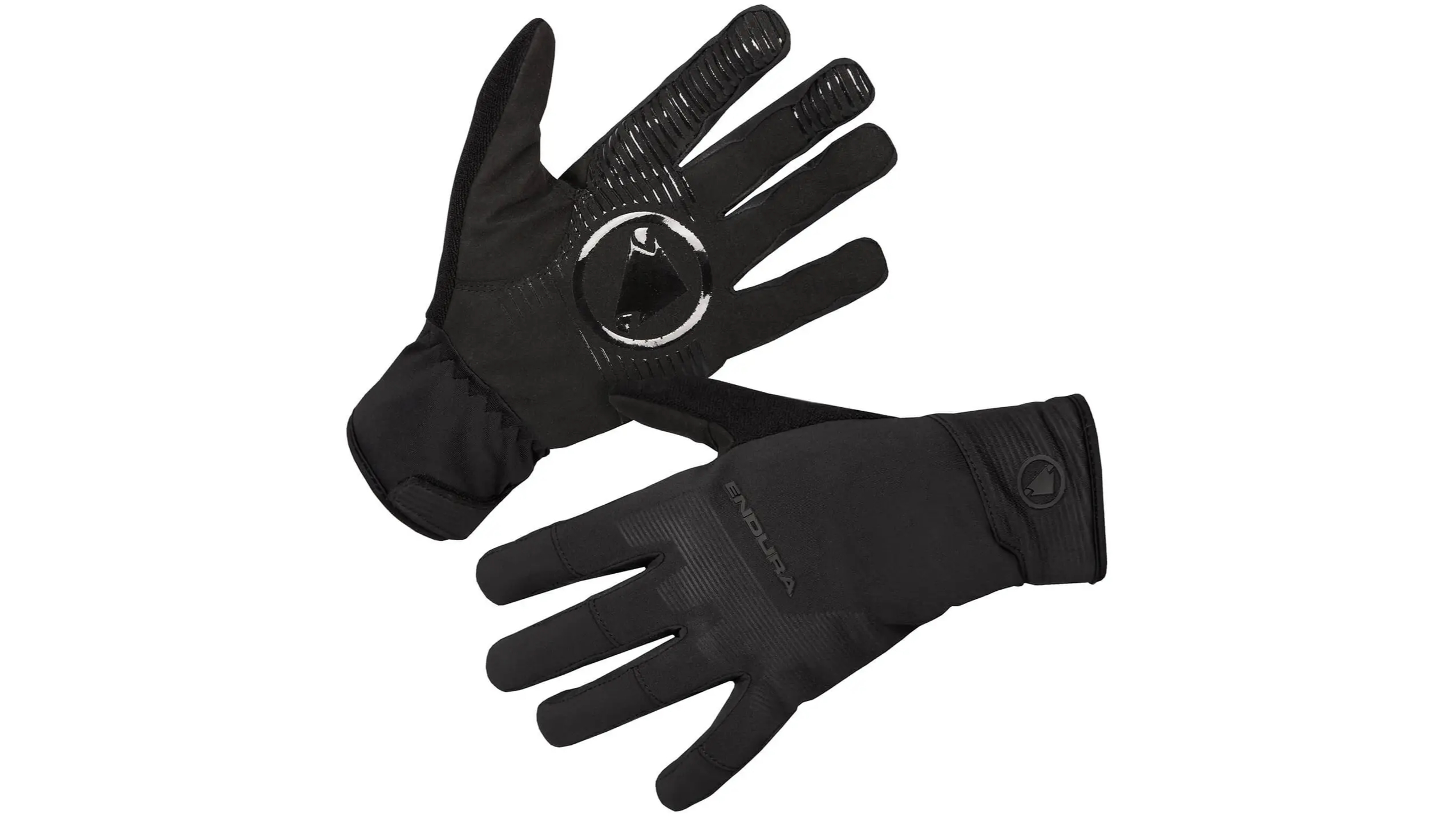
Endura MT500 Freezing Point
Specifications
Reasons to buy
Reasons to avoid
Easy to pop on and off, these long-cuffed gloves from Endura pack in all the features you want from a winter glove for a surprisingly low price.
The softshell back and fingers have a waterproof membrane combined with the DWR treatment which keeps the rain at bay. Primaloft Gold Insulation adds warmth without adding too much bulk, though they aren’t as insulated as some options, such as the Velocio Alpha gloves.
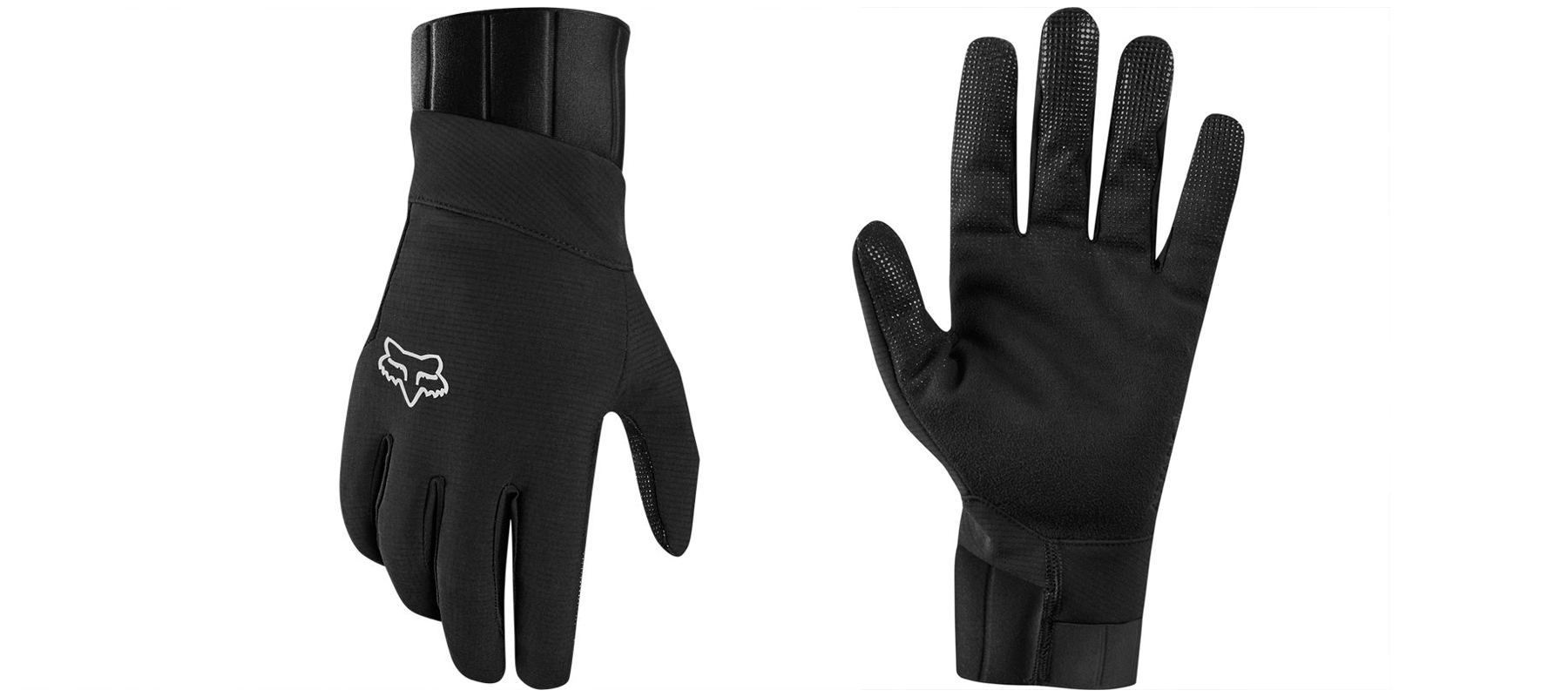
Fox Defend Pro Fire gloves
Specifications
Reasons to buy
Reasons to avoid
If blasting down trails and tracks all winter long is your favorite thing, then Fox has the gloves to keep you riding on through the dark season months.
The Defend Pro Fire gloves are constructed from a three-layer softshell fabric, which offers wind and water resistance, plus a fleecy inside that adds warmth and comfort. The Axe Suede palm is waterproof and has silicone gripper dots to aid handlebar grip and control, while the conductive threads on the index finger and thumb mean that you can still operate your smartphone or bike computer without exposing your fingers to the elements.
Finally, a long cuff keeps everything nice and secure and prevents chilly wind and water coming in, though the fit is quite tight so they can take some wrestling to get off.

Rapha Brevet Reflective gloves
Specifications
Reasons to buy
Reasons to avoid
While they might have been designed for multipurpose use, the Brevet gloves from Rapha work particularly well as winter riding gloves for mountain biking.
Constructed from a robust but flexible outer with reflective stripes, the Polartec Power Shield Pro membrane provides insulation without compromising breathability for when you’re pushing hard. While on their own they aren’t the warmest, there is room in the fit to add a thin liner glove which will up the insulation stakes and keep them versatile.
If you tend to get sore hands from hours of riding, the memory foam padding on the palm will help alleviate pressure and support the hand. The cuff has a velcro fastening which keeps it nice and snug against the skin to avoid draughts and keep the warmth inside.
How to choose the best winter gloves for mountain biking
Trail conditions in the winter can vary massively from day to day and place to place. One day it might be freezing temperatures, icy and bright, the next you’re dealing with warm and wet and muddy. So the types of glove you should go for is somewhat dependent on the prevailing conditions you ride in, and also how susceptible you are to the cold.
What are the warmest MTB gloves?
This is one of the obvious ones; the more insulation, the warmer the glove. But while insulation technology has come on leaps and bounds, meaning it’s possible to get warm gloves without turning your hands into a bunch of banana fingers with little-to-no handlebar control or dexterity, it’s still the case that more insulated gloves are bulkier, so there will be a trade off there.
With some gloves, you can up the insulation by getting a thin silk, cotton or fleece liner glove from an outdoor company to wear inside your gloves, but be aware that you want to make sure the fit isn’t too tight, as this can affect blood flow and will make your hands feel colder as a result.
Do winter gloves need wind protection?
Warmth isn’t just about insulation either; windchill - the cooling effect the wind has as it blows over a surface taking heat away with it - has a massive impact! And all the more so for hands-on handlebars sitting out there all exposed to the elements.
Windproof or wind resistance in winter gloves is a key element to look out for, even if the glove isn’t very insulated, as this will have at least as much impact on how warm the gloves feel.
How are winter mountain bike gloves waterproof?
In certain climates, winter weather equals wet weather, rain, sleet and mud galore, and insulation won’t do a whole load of good if the glove is soaking wet. If you ride in the rain a lot, look out for gloves that have a waterproof or water-resistant membrane, plus a DWR or Durable Water Resistant coating; this causes water to bead on the surface and run off rather than soaking in through the fibers of the fabric.
There are a few exceptions to this, and that’s any glove that's made with neoprene or neoprene-like material. This is the stuff that wetsuits are made of and they’re designed to work while wet. The material traps a layer of water and air which warms up from body heat and forms a barrier, providing insulation. You may have damp hands but they won’t be cold. An example here is the 100% Brisker gloves, and these are a great choice when it’s cold and wet.
How should winter MTB gloves fit?
Fit is important when it comes to winter gloves, and not just for comfort when riding. Too big, and there’s too much room for air to move in and around inside, stealing heat from your hands with it. Too tight, and it will affect mobility, could restrict blood flow, and impair performance. Look for a happy medium between the two.
The design of the cuff on winter gloves is worth a bit more thought than on gloves for fair-weather riding. The cuff seals the main body of the glove against the elements, so look for something that extends over the wrists a fair way; some use velcro for an adjustable fit, and others use elastic or a stretchy neoprene type material to achieve the same goal.
Aoife loves a bike-based adventure, whether it’s out in the mountains on her MTB or exploring new places by road or gravel. She’s tested a LOT of bikes and kit, and is passionate about making cycling accessible for everyone. After all, it’s much more fun with friends, right?
Bikes currently owned: Juliana Maverick, Liv Devote

